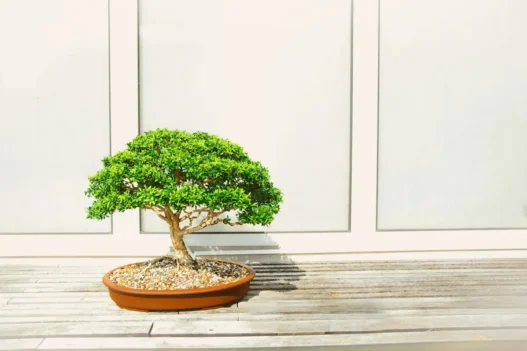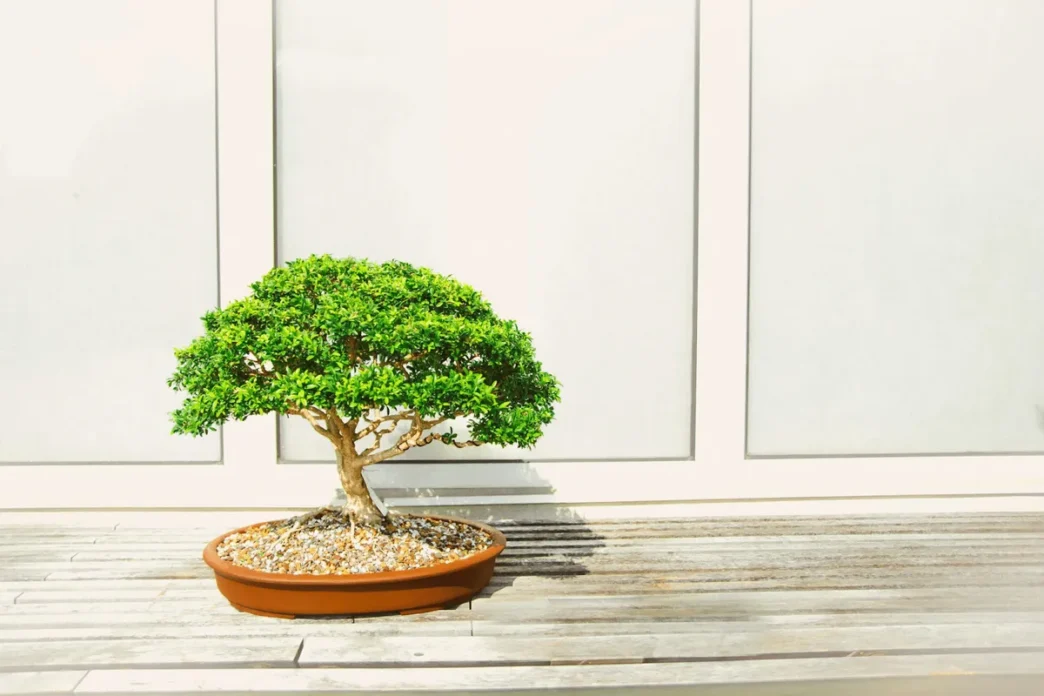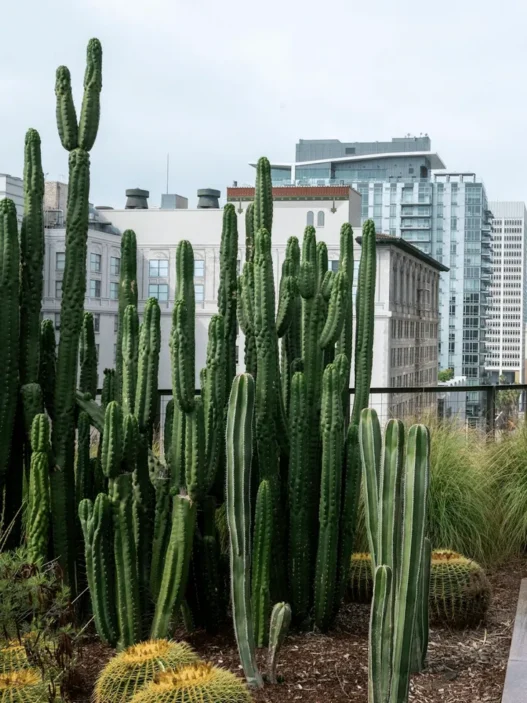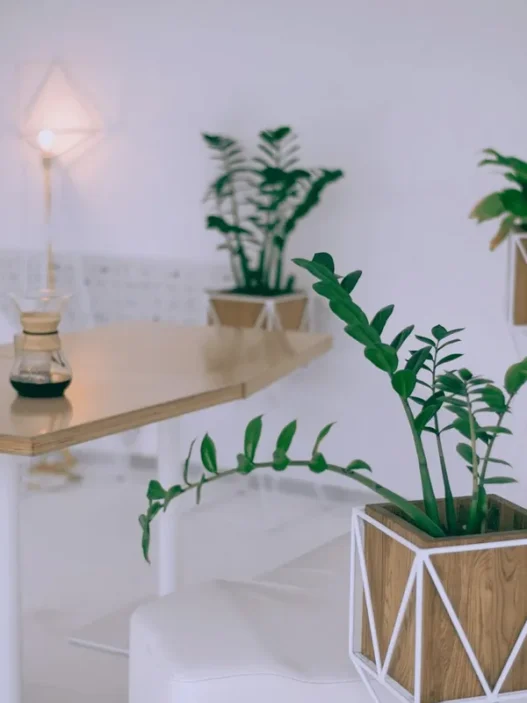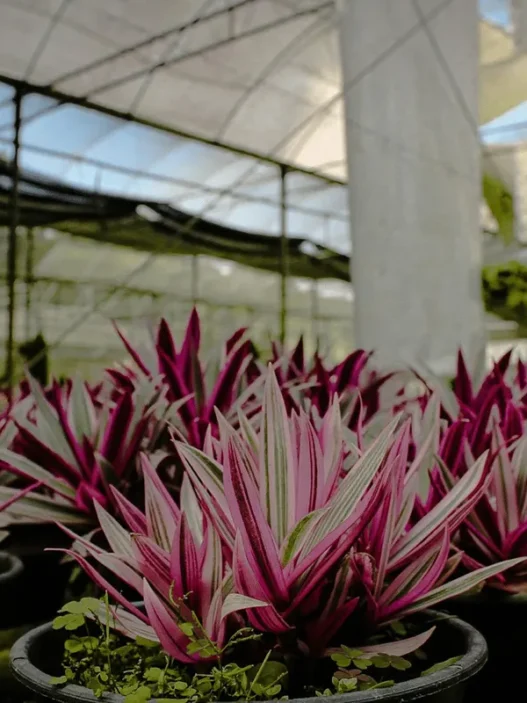Ever felt like your tiny apartment was missing a touch of nature? Bonsai might just be the answer you’ve been looking for. These miniature marvels can transform any space into a serene oasis, no matter how small.
Why Bonsai is Perfect for City Living
You might think gardening is out of reach when you’re living in a concrete jungle. But that’s where bonsai comes in. These tiny trees pack a big punch:
- They fit anywhere – from windowsills to coffee tables
- They’re low maintenance compared to full-sized plants
- They bring a slice of nature right into your home
- They’re a conversation starter and a work of art rolled into one

Getting Started with Your First Bonsai
Ready to dip your toes into the world of bonsai? Here’s what you need to know:
Choosing Your Tree
Picking the right tree is crucial. Some great options for beginners include:
- Ficus: Tough as nails and forgiving of mistakes
- Jade: Stores water like a champ, perfect if you’re forgetful
- Juniper: Gives you that classic bonsai look
When you’re at the nursery, look for trees with thick trunks and lots of branches. These features will give you more options when it comes to shaping your bonsai.
Essential Tools
You don’t need a shed full of gadgets to start. Here are the basics:
- Pruning shears: For trimming branches and roots
- Wire cutters: You’ll need these when you start shaping
- Watering can: Get one with a fine nozzle for gentle watering
As you get more into bonsai, you might want to add specialized tools to your kit. But for now, these will do just fine.
Caring for Your Urban Bonsai
Bonsai care isn’t rocket science, but it does require some know-how. Here’s what you need to keep in mind:
Watering: The Goldilocks Zone
Watering is where most beginners trip up. Too much, and you’ll drown your tree. Too little, and it’ll dry out. Here’s how to get it just right:
- Check the soil daily. Stick your finger about an inch deep. If it’s dry, it’s time to water.
- Water thoroughly. Keep going until water runs out of the drainage holes.
- Never let your bonsai sit in standing water. It’s a surefire way to kill it.
Feeding Your Tiny Tree
Just like you, your bonsai needs food to thrive. Here’s the scoop on fertilizing:
- Use a balanced, water-soluble fertilizer
- Feed every two weeks during growing season (spring and summer)
- Cut back to once a month in fall and winter
Remember, less is more when it comes to fertilizer. You’re feeding a miniature tree, not a sequoia!
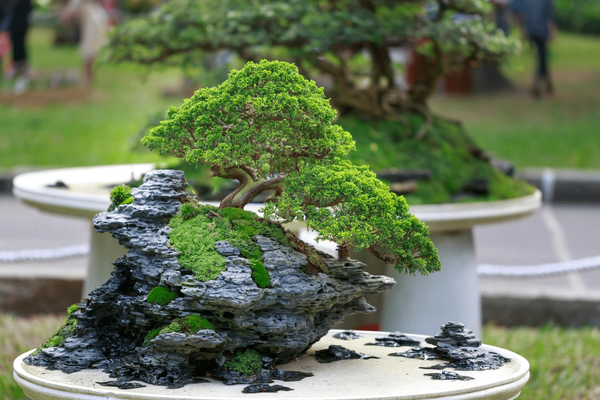
Let There Be Light
Bonsai trees love light, but finding the right spot in an urban setting can be tricky. Here’s what you need to know:
- Most bonsai need at least 5-6 hours of sunlight daily
- South-facing windows are ideal
- If you’re short on natural light, consider grow lights
Don’t have a sunny spot? No worries. There are bonsai species that can tolerate lower light conditions. Ask at your local nursery for recommendations.
Shaping Your Bonsai: Where Art Meets Nature
This is where bonsai really shines. Shaping your tree is like creating a living sculpture. Here’s how to get started:
Pruning: Less is More
Pruning is key to keeping your bonsai miniature and shapely. Here’s the lowdown:
- Remove any dead or yellowing leaves
- Trim back new growth to maintain the tree’s shape
- Always use clean, sharp tools to avoid damaging the tree
Remember, you can always take more off, but you can’t put it back on. Start small and step back often to check your work.
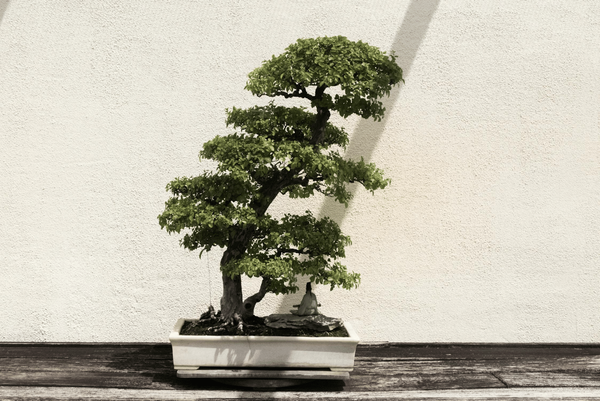
Wiring: Bend it Like Bonsai
Wiring allows you to shape branches and create that classic bonsai look. Here’s what you need to know:
- Use aluminum or copper wire
- Wrap the wire around the branch at a 45-degree angle
- Be gentle – you want to guide the branch, not strangle it
Wiring takes practice, so don’t get discouraged if your first attempts look a bit messy. You’ll get better with time.
Troubleshooting Common Bonsai Problems
Even with the best care, problems can pop up. Here’s how to deal with some common issues:
Yellowing Leaves
This could be a sign of overwatering, underwatering, or nutrient deficiency. Check your watering routine and make sure you’re fertilizing regularly.

Pest Invasions
Tiny trees can fall victim to tiny invaders. Keep an eye out for:
- Spider mites
- Scale insects
- Aphids
If you spot any unwelcome guests, treat with insecticidal soap or neem oil.
Dropping Leaves
A few falling leaves are normal, but if your tree is losing lots of foliage, it could be stressed. Common causes include:
- Sudden changes in temperature or light
- Overwatering or underwatering
- Recent repotting
Check your care routine and make adjustments as needed.
Advanced Bonsai Techniques
Once you’ve got the basics down, you might want to try some more advanced techniques:
Root Pruning and Repotting
This is like giving your bonsai a haircut for its roots. It keeps the tree small and healthy. Here’s the gist:
- Do this every 2-3 years in early spring
- Remove the tree from its pot and trim back about 1/3 of the roots
- Replant in fresh bonsai soil
It sounds scary, but your tree will thank you for it.
Creating Deadwood Features
Deadwood features like jin (deadwood on branches) and shari (deadwood on the trunk) can add character to your bonsai. Here’s how to create them:
- Use jin pliers to strip bark from a branch
- Carve the trunk with a sharp knife to create shari
- Treat the exposed wood with lime sulfur to preserve it
These techniques can make your bonsai look ancient and weathered, even if it’s only a few years old.

Bonsai Styles: Finding Your Tree’s Personality
There are several classic bonsai styles, each with its own charm. Here are a few to consider:
Formal Upright (Chokkan)
This style features a straight trunk with symmetrical branches. It’s great for beginners and gives a sense of strength and stability.
Slanting (Shakan)
The trunk grows at an angle, as if the tree is leaning away from the wind. This style adds drama and movement to your bonsai.
Cascade (Kengai)
In this style, the tree appears to be growing down the side of a cliff. It’s challenging but creates a striking, gravity-defying effect.
Forest (Yose-ue)
This style uses multiple trees to create a miniature forest. It’s a great way to create a landscape in a small space.
Remember, these styles are guidelines, not rules. Feel free to let your creativity run wild!
The Zen of Bonsai: More Than Just a Pretty Plant
Bonsai isn’t just about creating a mini tree. It’s a practice that can bring peace and mindfulness to your busy urban life:
- It teaches patience – bonsai trees develop slowly, just like any worthwhile skill
- It connects you with nature, even in the heart of the city
- It’s a form of living art that changes and grows with you
Many bonsai enthusiasts find that caring for their trees becomes a form of meditation, a way to slow down and focus on the present moment.
Building Your Bonsai Community
Bonsai might seem like a solitary hobby, but there’s a whole community out there waiting to welcome you:
- Join a local bonsai club – they often have workshops and shows
- Participate in online forums – great for troubleshooting and inspiration
- Follow bonsai artists on social media – you’ll be amazed at what’s possible with these tiny trees
Sharing your bonsai journey with others can make it even more rewarding.
Your Bonsai Journey Begins
Starting your bonsai journey might seem daunting, but remember – every master was once a beginner. With a little patience and care, you’ll be creating your own miniature masterpieces in no time.
So why wait? Bring a little piece of nature into your urban space today.









